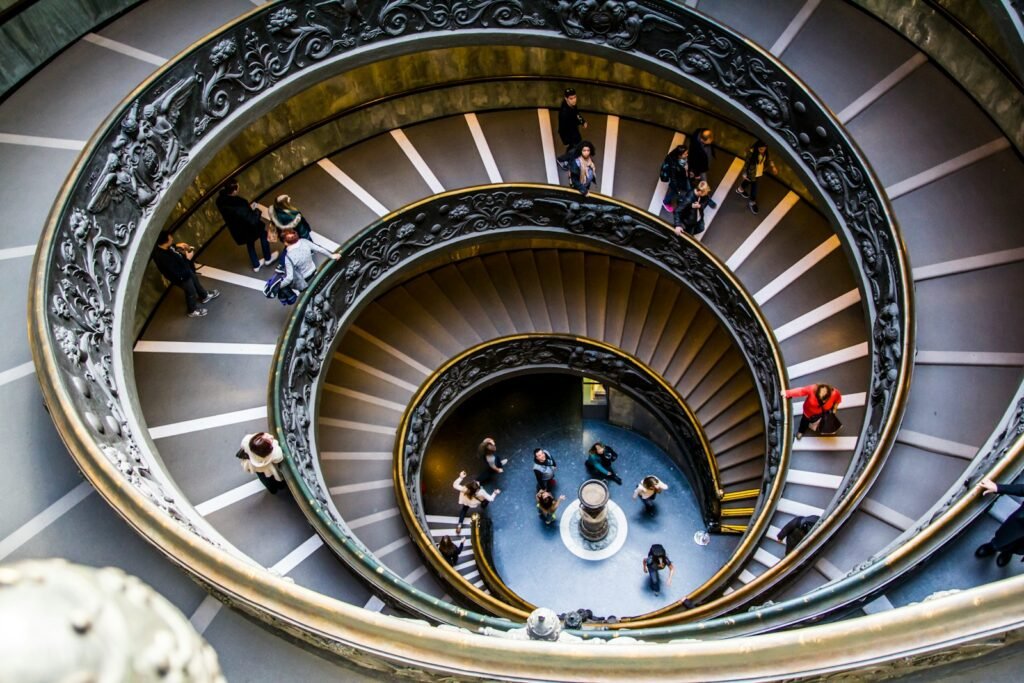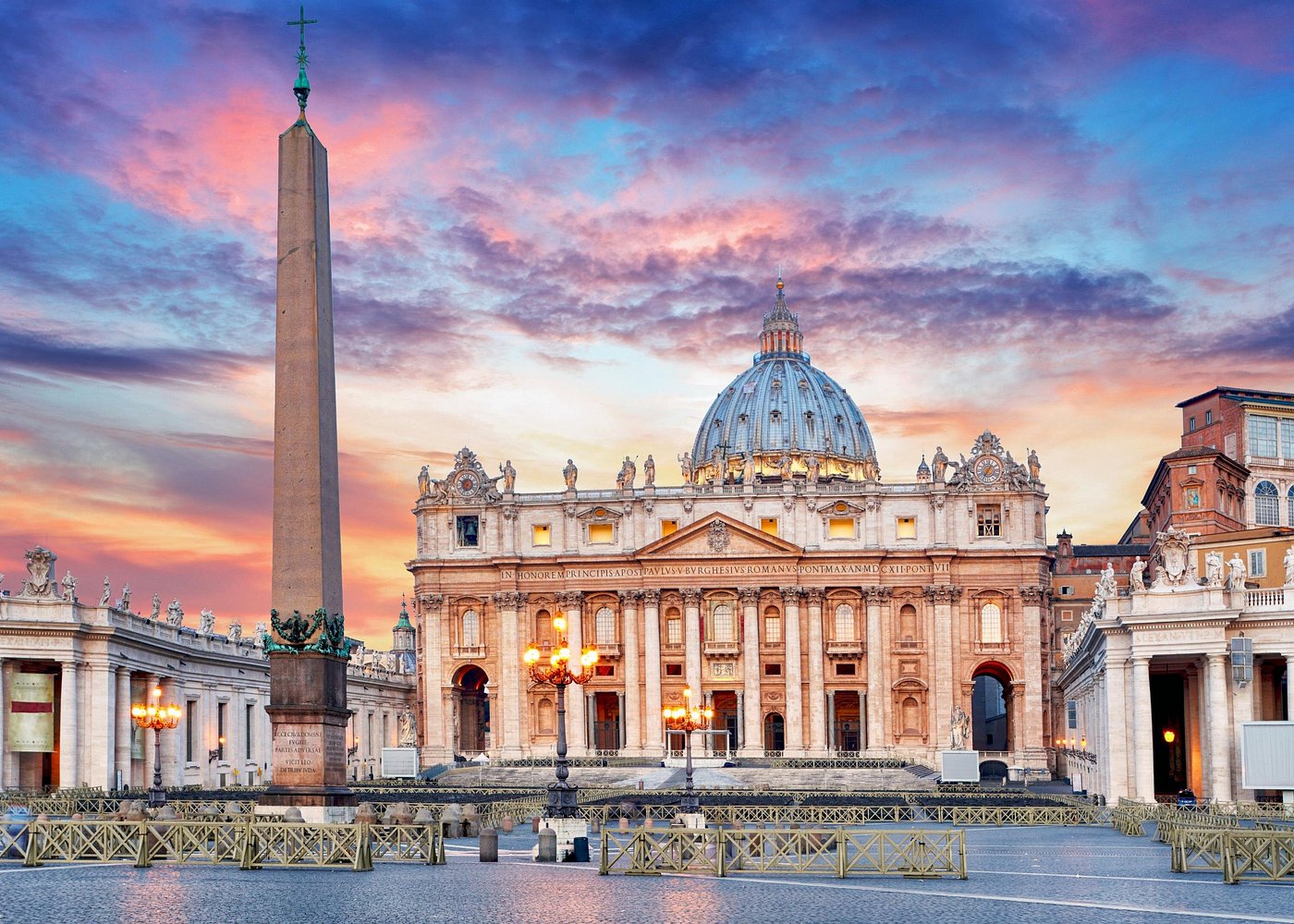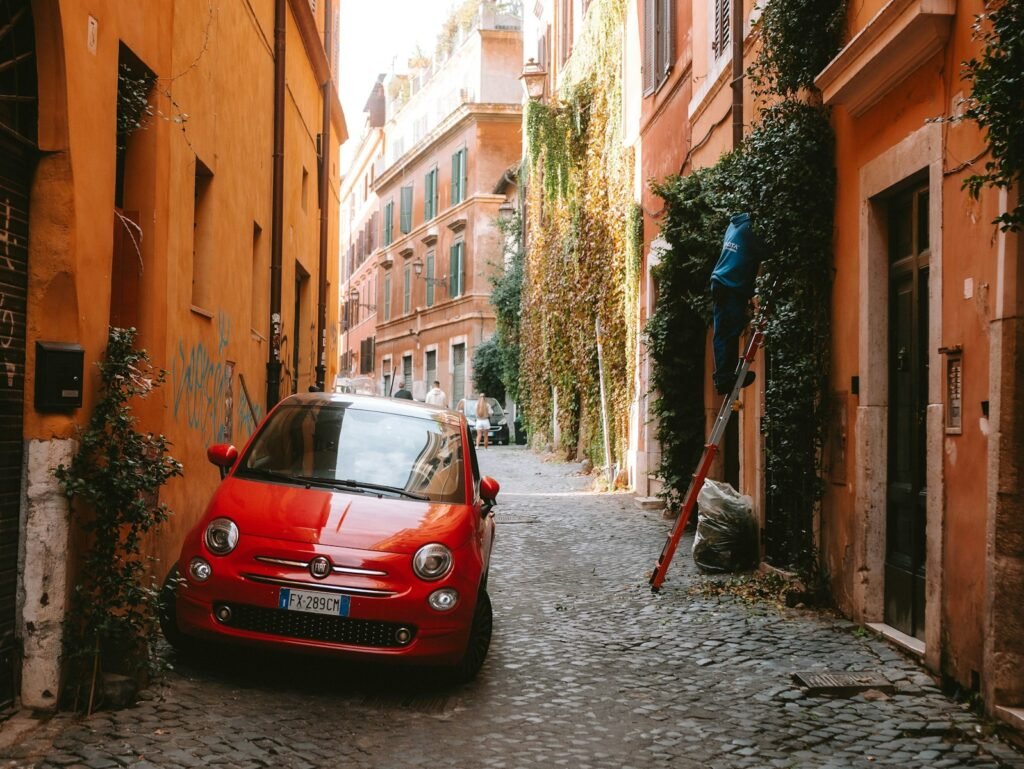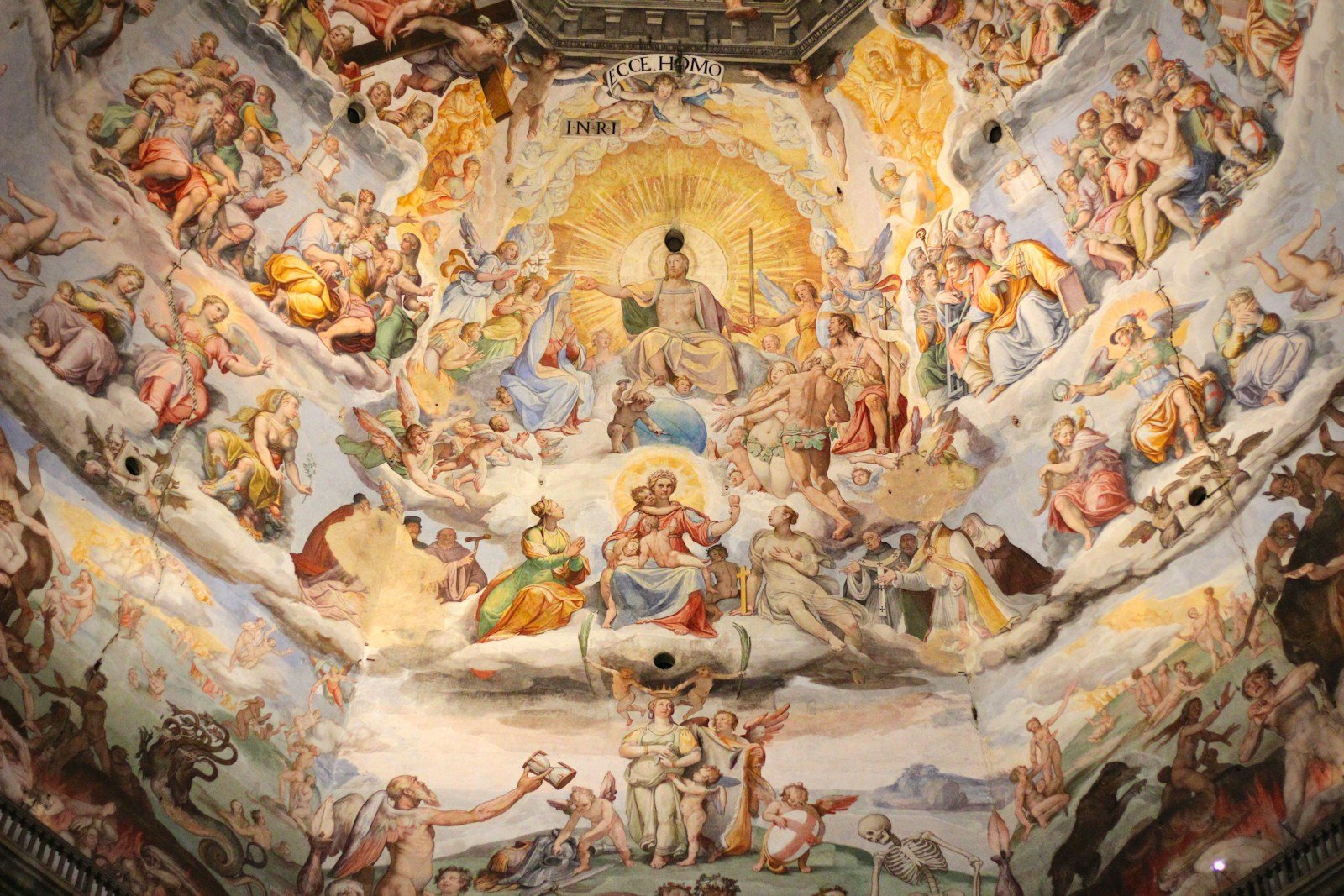Sistine Chapel Travel Guide: Masterpieces, Vatican Tips & Skip-the-Line Access
Rome Tours, Vatican Tickets & Sistine Chapel Experiences
Beat the crowds with priority access to the Vatican Museums. Book Sistine Chapel tours.
Introduction
Hidden within the Vatican Museums, the Sistine Chapel is one of the most iconic artistic wonders in the world. Famous for Michelangelo’s ceiling frescoes and The Last Judgment, this sacred space attracts millions of visitors every year. Whether you’re an art lover, a spiritual traveler, or visiting for the first time, this guide will help you experience the Sistine Chapel fully.
Destination Overview & Area Breakdown
The Sistine Chapel is located at the far end of the Vatican Museums in Vatican City. It is part of a larger complex of galleries and historical rooms. Most visitors pass through:
- Vatican Museums – A vast collection of art, sculptures, tapestries, and historic artifacts.

- Raphael Rooms – A series of beautifully painted chambers before reaching the chapel.

All access to the Sistine Chapel is through the Vatican Museums; there are no separate entrances.
Top Places to Visit
- The Ceiling Frescoes – Michelangelo’s masterpiece, including The Creation of Adam and nine central panels from the Book of Genesis.
- The Last Judgment – A monumental wall fresco behind the altar depicting the second coming of Christ.
- Side Wall Frescoes – Works by Botticelli, Perugino, and Ghirlandaio showcasing scenes from the lives of Moses and Jesus.
- Vatican Museums – Home to over 70,000 artworks, including the Gallery of Maps and the Belvedere Torso.
- St. Peter’s Basilica – Accessible after exiting the chapel, this is the largest church in Christendom.
Best Time to Visit
- Best days: Tuesdays to Thursdays for smaller crowds.
- Best times: Early morning entry or late afternoon tours.
- Best seasons: April to June and September to October.
Pro tip: Book a guided tour with early access to avoid lines and enjoy a quieter experience.
Top Things to Do
- Take a guided Vatican Museums tour with a focus on Sistine Chapel art history.
- Join an early-access or after-hours tour for a more intimate visit.
- Learn about fresco techniques and hidden meanings in Michelangelo’s work.
- Visit the Raphael Rooms and compare artistic styles leading to the chapel.
- Climb St. Peter’s Basilica Dome after your visit for panoramic views of Rome.
Explore options: Sistine Chapel guided experiences and Vatican combos.
Culture & History
Commissioned by Pope Sixtus IV in the late 15th century, the Sistine Chapel was originally designed as a private papal chapel and site for papal elections. Michelangelo painted the ceiling between 1508 and 1512, and later returned to complete The Last Judgment in the 1530s. The chapel is still used today for conclaves and special liturgical events.
Beaches, Nature & Outdoor Experiences
There are no beaches nearby, but the Vatican Gardens and nearby Tiber River promenade offer quiet outdoor spaces for walking and relaxing.
Viewpoints & Photo Opportunities
Photography is not allowed inside the Sistine Chapel. For great views and shots nearby:
- Vatican Museum Courtyards
- Spiral Bramante Staircase at the museum exit
- Dome of St. Peter’s Basilica
For rooftop shots, consider visiting Castel Sant’Angelo, just a 10-minute walk from the Vatican.
Local Food & Drink Guide
Popular dining options near the Vatican:
- Ristorante Arlù – Cozy and known for its homemade pasta.
- Forno Feliziani – Great for sandwiches and baked goods on the go.
- La Zanzara – Trendy brasserie with a strong Roman menu.
Look for cacio e pepe, Roman-style pizza, and pistachio gelato.
Getting There & Getting Around
- Metro: Ottaviano Station (Line A), a 10-minute walk to the Vatican entrance.
- Bus: Lines 40, 62, 64, and 81.
- Tickets: Entry to the Sistine Chapel is included with Vatican Museum admission. Book online to skip long queues.
Wear modest clothing covering shoulders and knees, as the chapel is a place of worship.
- The Gallery of Maps – Often overlooked, this hallway features beautiful Renaissance cartography.
- Niccoline Chapel – A hidden gem available only with private tours.
- Cortile della Pigna – A tranquil courtyard within the museums.
- Scala Regia – Bernini’s grand staircase leading to the Apostolic Palace.
Custom Experiences & Safety Tips
- Small-group art tours led by art historians.
- VIP early entry tours with access before the general public.
- Safety tips:
- Be aware of pickpockets in crowds outside the Vatican.
- Wear comfortable shoes; the museum route is long.
- No photography or talking inside the chapel.
Nearby Destinations & Add-On Trips
- St. Peter’s Basilica – Visit immediately after the chapel.

- Castel Sant’Angelo – Walk along the Tiber to this historic fortress.

- Trastevere – A charming neighborhood just across the river with excellent food and nightlife.

- Piazza Navona – A 20-minute walk with Baroque architecture and fountains.

Practical Travel Tips
The Sistine Chapel is a must-see for anyone visiting Rome. Its artistic and spiritual significance make it a highlight of any trip to the Eternal City. Ideal for art lovers, cultural explorers, and religious travelers alike, it’s a place that stays with you long after you’ve left.
Before you go:
- Book tickets in advance to avoid long waits.
- Dress modestly and stay quiet during your visit.
- Allow at least 2 to 3 hours to explore the Vatican Museums fully.
Plan your unforgettable Vatican experience today. Book a Sistine Chapel tour or skip-the-line combo now.









